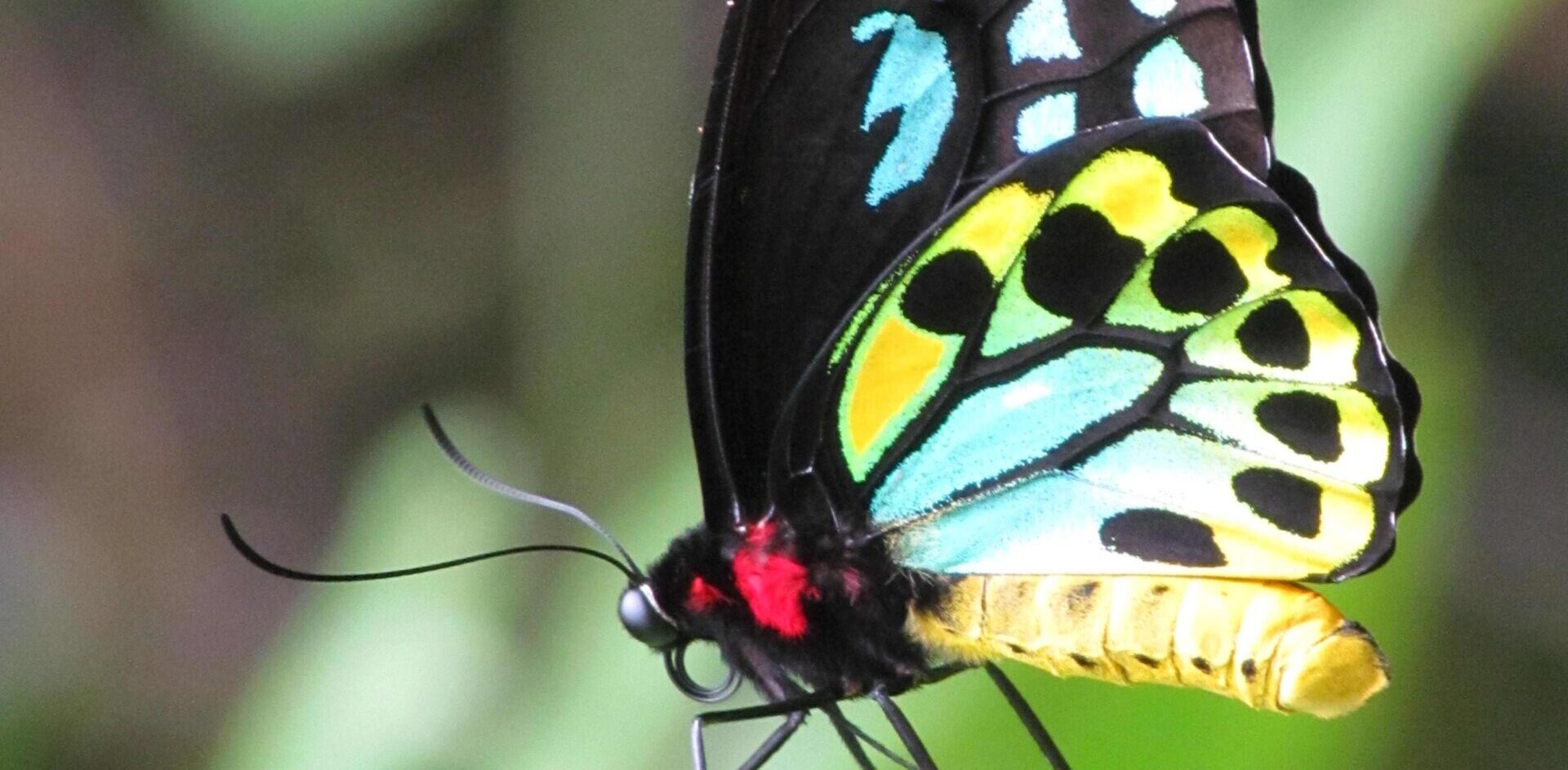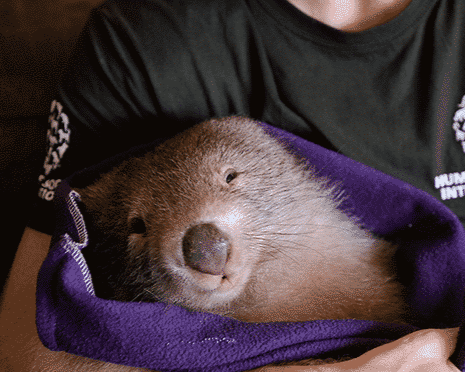The Newsletter of Humane World for Animals' Wildlife Land Trust • Issue 30 • 2025 Read More
Two important habitat areas for endangered species like spotted-tail quolls and gang-gang cockatoos in south east New South Wales have now been recognised as Endangered and listed as Threatened Ecological Communities (TEC) under federal environment legislation. TEC listings provide historically cleared and at-risk habitats, as well as the animals that live within them, legal protection against further decline and an improved chance at recovery.
Humane Society International (HSI) made the case for the Araluen Scarp Grassy Forest and Brogo Wet Vine Forest Endangered listings in 2020. These two critical habitats face significant threats from land clearing, habitat fragmentation, overgrazing, and the impacts of introduced pest species such as prickly pear. Increased frequency of bushfires and severe droughts have further strained these ecological communities.
Koalas, spotted-tailed quolls, powerful owls, gang-gang cockatoos, flame robins, regent honeyeaters, swift parrots, brush-tailed rock wallabies, and a host of native frogs will all benefit from the increased protection and recovery prioritisation afforded to these two critical habitats. Images available here.
Helen Church, Program Officer for Humane Society International, said, “The Araluen Scarp Grassy Forest and Brogo Wet Vine Forest have both been under immense pressure from agricultural activities and heavy cattle grazing being undertaken within the region. It is a relief to see such a large region of habitat gain legal protection.”
HSI’s scientific nomination program has seen millions of hectares of wildlife habitat across the country protected by law. HSI also advocates for continued improvements to those laws and their enforcement.


